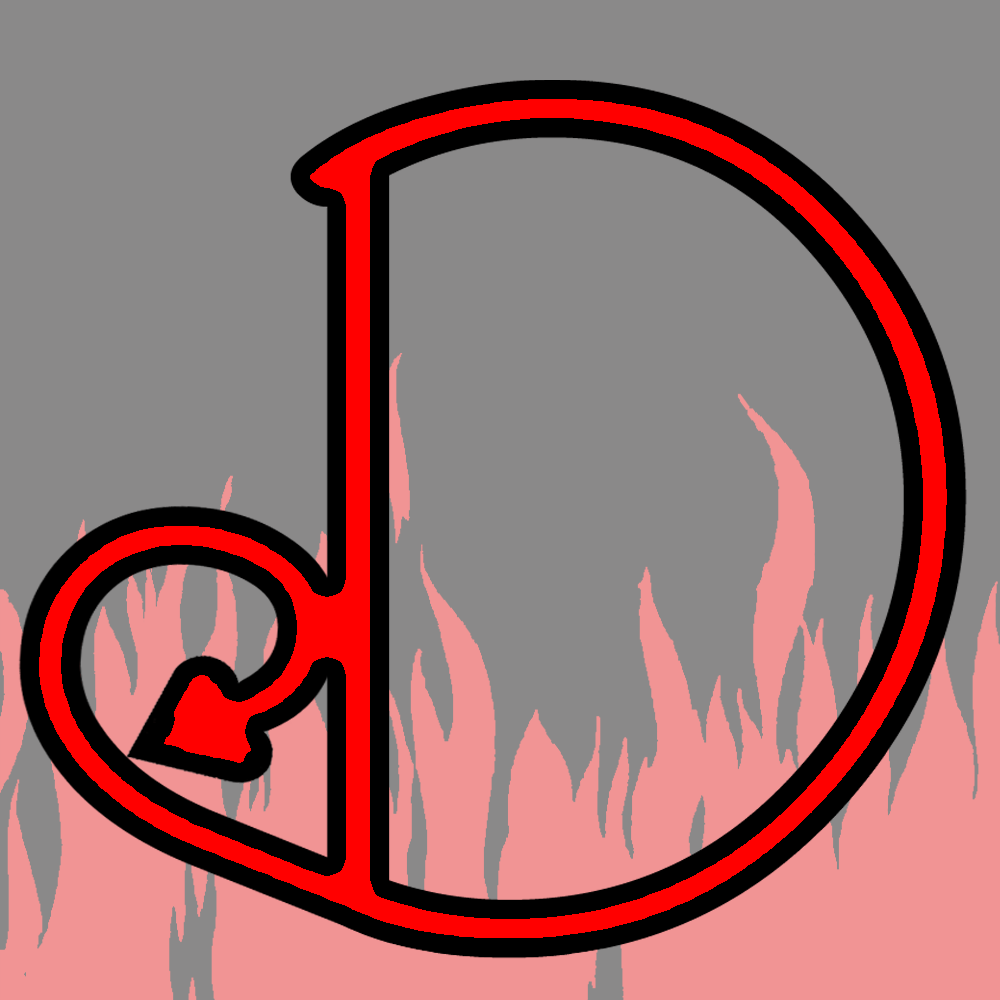Title
President
Hierarchy
“Bright Demons of the West”, along with Canibores and their ministers Tracatat, Naassa, Cynassa, and Nassar.
Expertise
Lust, passion, pleasure, decadence, peace and harmony? May be connected to air, Venus, and the heavens.
Description
All of these demons are described as luminous, metallic, shining, and so on.. Sarabocres has a support team of four, but their identities may overlap and bleed into each other. The Sworn Book of Honorius says that Sarabcres is King of the demons of Venus, Nassar and Cynassa are his direct servants, and Canibores, Tracathat, Nassar, and Nassa are underneath those two.
Sarabocres: A beautiful figure, clear and white as snow, or “of a nature as malleable as pure silver.” Sarabocres is tied to love, lust, laughter, sumptuous pleasure, gifts of perfume and fine cloth, The Book of Oberon describes him an angelic King of Venus, who encourages peace, harmony, and love through pleasure, and can gently encourage love between a man and a woman. The Book of Oberon has many fairy-tale elements; his presence is heralded by “yong girls at play who will sweetly call for mortals to join them.”
Canibores: A president (“one who presides”) who cannot be summoned, but can be reached through his ministers (the three listed below). His form is malleable and shines like a star. He can create lust, passion, and “boundless enjoyment in the opposite sex” (which seems generally positive, but what is the opposite sex in this context?) (Occult World)
Tracatat/Tracatath: Malleable form, shines like a star, et cetera. “a moderate stature.” Linked to passion and voluptuousness in both men and women, brings pleasure, expensive gifts like fabrics and perfumes.)
Naassa/Naasa: “Beautiful and pleasant, with a face white as snow.” Much like Tracatat. “inspires boundless enjoyment in those who pursue physical pleasure,” “can cause men to fall in love with women, and women to fall in love with men.” Very much a creature of physical passion and the earth, can also bring expensive gifts as per Tracatat. (Occult World)
Nessar, Naasar: a creature of boundless enjoyment, creating love and lust (both!) between men and women. Very similar to Naassa and may be a typo or just poetic duplication. However, he is also listed as a Duke under the spirit Armadiel. (Occult World)
Cynassa also gets a mention, though he may be a renaming of Naasa: like quicksilver, “moerate in stature and colored like a shining star.” Has the power to increase a person’s sense of pleasure, inspire voluptuous passion, and incite both love and lust. According to Belanger he is a minister to Sarabocres.
Story Notes
This cluster of demons, on the whole, don’t seem terrible. While they are linked to love spells, it’s in the context of passion, enjoyment, pleasure, and love as distinguished from lust. At least within the context of “mind control magic” this seems benign. Sarabocres is likely entirely unreachable and distant, since even his servant Canibores can’t be directly reached.
Sarabocres himself may be an angel, or some transitional spirit between the world of angels and demons, if there is such a thing. His goals of “peace and harmony through pleasure” seem lofty, and perhaps heavenly…depending on whether the sort of pleasure he encourages can be something other than sinful (sometimes it seems like there’s no kind of pleasure other than guilty ones.)
The three lower-level ministers are more “feet on the ground” types, and perhaps more concerned with physical pleasure, particularly Naassa. Spirits that are too involved with the pleasures of earth have shown a tendency to fall and become demons, and it may be that these earthly servants have changed allegiences (Naasar may be a double-agent, or have already fallen and taken up with the infernal hierarchy.)
Individually, they’re pretty interchangeable, but together, there’s the potential for a story about a platonic, ethereal love shading into physical pleasure, transactional relationships, and soft-core magical manipulation, and how fundamentally Heaven can never truly understand humanity. It may be meaningful that “platonic” love in its original sense was frequently homosexual, and all five of these creatures seem blind to LGBTQ folks, at least on the surface. This may simply be because queers just aren’t mentioned in medieval texts, or it may play into a strange metaphysical blinder in this tight little hierarchy.


Recent Comments